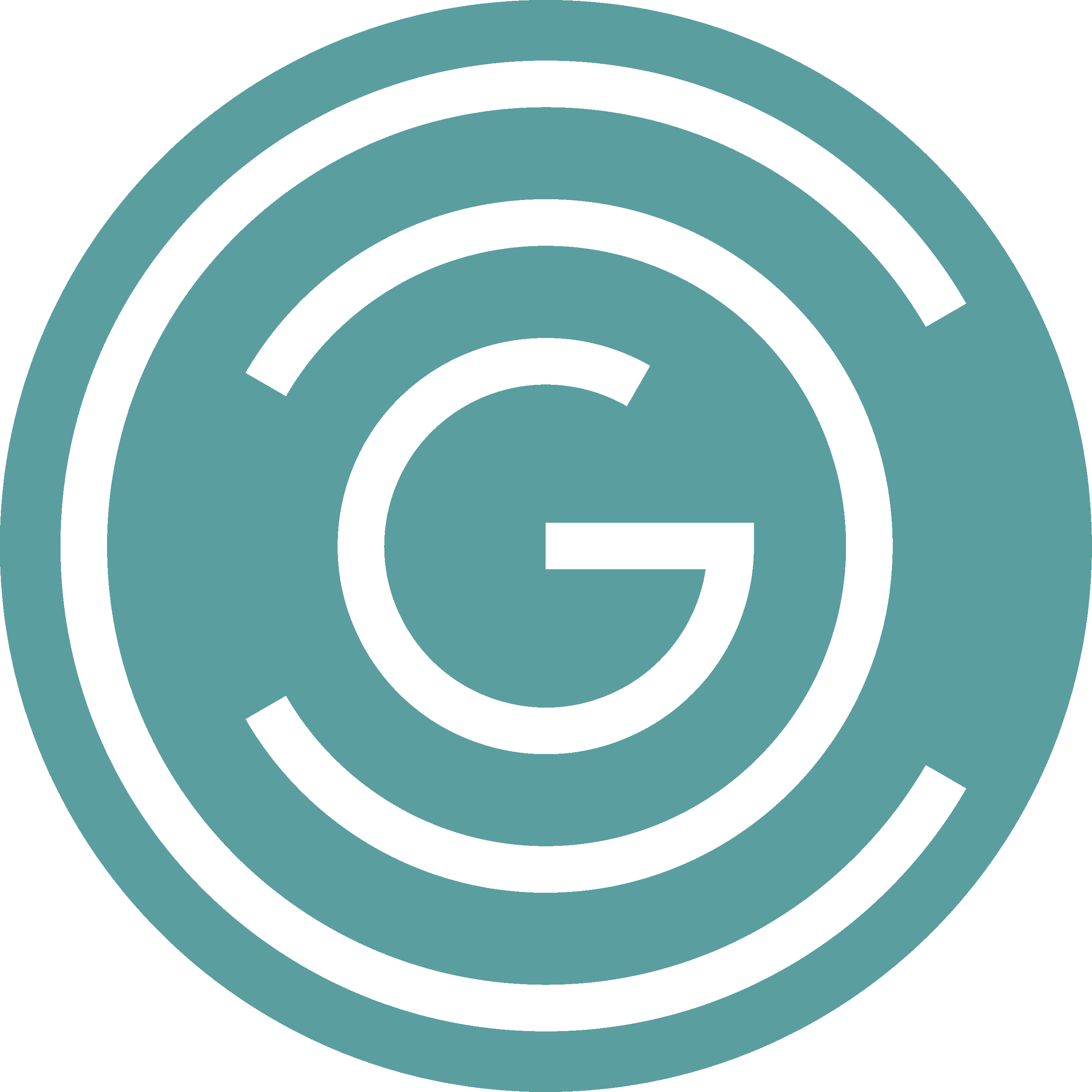Fighting for justice, centering equity, promoting diversity and practicing inclusion is central to all that we are as a collective and all that we do as individuals within and beyond our professional roles. While value statements are important, we’ve learned throughout the years that they don’t get you very far unless they translate into action.
Team Membership
Our team members bring diverse perspectives, not only in relation to identity and background, but also discipline and domain of interest, lived experience, and expertise. When we are missing a particular perspective relevant to the work, which is often the case, we are quick to recognize, acknowledge, and fill the gap as best as we can. This may involve consulting the literature, tapping into our extensive networks, or bringing in new team members that can provide insight and leadership.
Process
We are intentional about how we approach project design, paying particular attention to being responsive to the needs, values, and desires of our partners and project stakeholders, identifying and breaking down barriers to participation and engagement in the evaluation process, employing culturally and linguistically appropriate methods throughout (i.e., honoring oral traditions; using data collection tools that are culturally congruent; ensuring representation in the data etc.), and understanding that we enter these partnerships to learn from, with, and in service of others.
Our insistence on authentic collaboration is rooted in our deep belief that although we bring a set of technical skills and expertise to the table, it is the communities and their members that hold the knowledge, presence, and authority to create change. In practice, we enact this belief by creating the conditions necessary for stakeholders to take ownership of the evaluation process through ongoing capacity building, shared decision making and collective sensemaking.
Focus
Selectivity in our work engagements with partners who share a mutual interest in equity-focused endeavors is key to our mission. Once the partnership is established, centering equity in our research and evaluation means seeking to answer equity-focused questions:
Are inputs equitably distributed?
Who’s benefiting from what and why?
Who’s left behind?
What story does the data tell when disaggregated?
Is this story similar to or different from the story that emerges when the data is aggregated?
What measuring sticks are we using and who created them?
Are the voices, experiences, and opinions of those most affected by the problem/pain point/issue area centered?
If not, how will we remedy this?
Who and what holds power?
How did these power dynamics come to be?
How can our work shine a light on these power relations and transform them?
Product
Knowing our audience and producing evaluation information and artifacts that are accessible, digestible, and user-focused is also a key to promoting diversity, equity and inclusion in our evaluative work. We practice this by partnering with visual designers attuned to accessibility, collaborating on product type/approach with our partners to ensure audience fit, and offering information in multiple formats (workshops, meeting debriefs, written products, visual diagrams and aids etc.).





